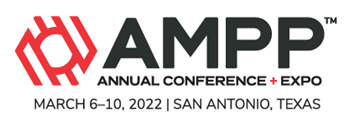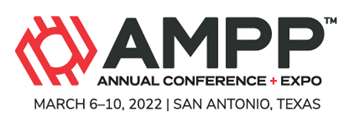Search
Corrosivity Laboratory Investigations Of Streams Associated With Gas Compression Plants And Liquid Separation Stations
Also Purchased
Corrosion Under Insulation Performance Of Insulation Stand-Offs And Non-Metallic Membranes
Product Number:
51322-17618-SG
Publication Date:
2022
$20.00
Corrosion Testing Of Graphene-Oxide-Polymer Coatings For Geothermal Drilling Applications
Product Number:
51322-17732-SG
Publication Date:
2022
$20.00
Corrosion Under Insulation And Atmospheric Corrosion In The Refinery Industry. An Accurate Approach To Estimate Corrosion Growth Rates, A Texas Refinery Case Study
Product Number:
51322-17751-SG
Publication Date:
2022
$20.00




